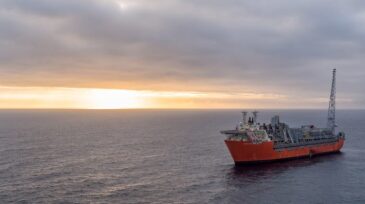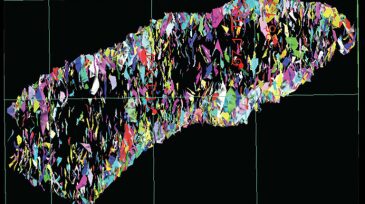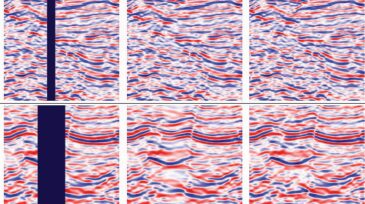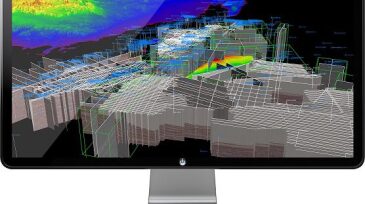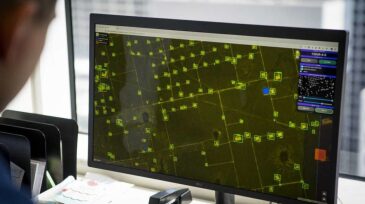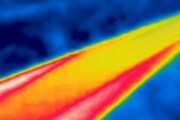DSDE: In Practice
-
The company used a maintenance optimization plan from Lloyd's Register for the centrifugal pumps and fire and gas detectors on a floating production, storage, and offloading vessel in the Norwegian Sea.
-
Nanotechnology has great potential to reduce cost, increase production, and even improve the sustainability of E&P operations. But, where do we stand in terms of potential vs. reality? And, is the industry ready and willing to use the technology?
-
This work describes a heuristic approach combining mathematical modeling and associated data-driven work flows for estimating reservoir-pressure surfaces through space and time using measured data.
-
The authors present a novel data-driven tool for fast fracture identification in post-stack seismic data sets.
-
Seismic imaging provides vital tools for the exploration of potential hydrocarbon reserves and subsequent production-planning activities. The acquisition of high-resolution, regularly sampled seismic data may be hindered by physical or financial constraints.
-
The engineering and technology company announced its entire exploration and production software suite is now available on the cloud, enabling oil and gas companies to take advantage of digital technologies securely and to model and optimize production better.
-
Equinor is working on a natural language processing tool that could combine data sources and help planners anticipate the issues that affect onsite operational safety.
-
At least a half dozen energy data firms are offering satellite imaging of the 75,000-sq-mile oil field to provide intelligence to energy companies on activities including the appearance of drilling pads and hydraulic fracturing ponds and the movements of drilling rigs and crews across the Permian.
-
The complete paper discusses a study in which the authors propose a joint field-development and well-control-optimization work flow using high-performance parallel simulation and commercial cloud computing.
-
The Russian company has built a computing cluster in St. Petersburg designed to generate digital twins of oil fields. The new distributed-computing system is capable of processing more than 100 gigabits per second, speeding up the digital-modeling process five-fold.
Trending Now on DSDE
Stay Connected
Don't miss out on the latest technology delivered to your email every 2 weeks. Sign up for the DSDE newsletter.

